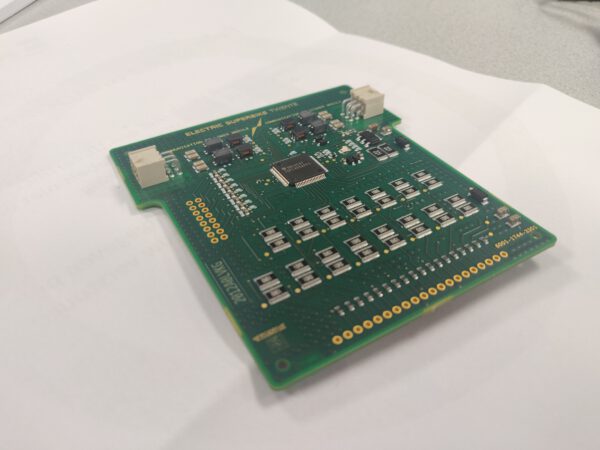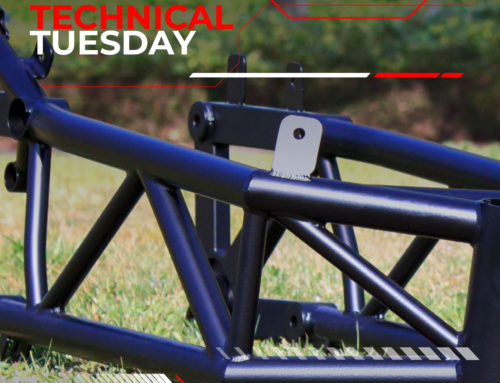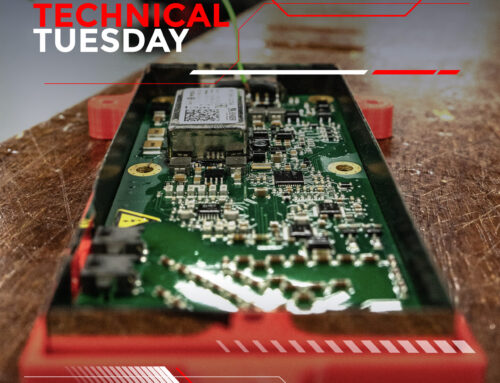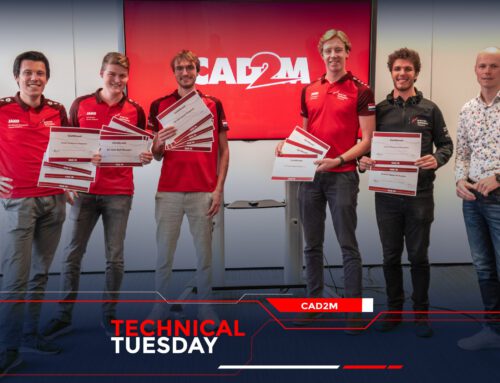In order to make sure we have enough capacity in our battery pack to go racing, it has to consist of multiple cells. However, all these cells need to be managed. To this end, the battery pack is split up into 12 different parts, known as the modules. Each of these modules in turn is made up of 16 groups of 3 battery cells, and equipped with a chip to manage the module, called the BQ chip.
The problem is that these cells all discharge at a different rate. This makes that, after a while, some cells are more full than others. When discharging, these different energy levels mean that you have to stop discharging when the cell with the lowest level is empty. The inverse is true for charging the battery, so the charging has to stop when the fullest cell is full. This means that you can’t make the best use of your battery pack, as most cells will not be filled entirely, and they also won’t be emptied entirely.

Because of this, the cells need to be balanced. This means making sure that all the cells have the same energy in them. We do this with a process called passive balancing. With passive balancing, you accomplish this by slowly discharging the cells that are too full. Then, when they are as full as the lowest capacity battery, you stop discharging that cell. Eventually, all cells will then be at the same level.
It was already possible for us to do this with the software included with the BQ chip. But now we have created a new tool that allows us to do this in a different and more efficient way. Firstly, the old software allowed us to balance only one module at a time. Because the balancing process takes quite a long time, this meant that one person had to spend a long time monitoring the battery pack, and it could not be used for this entire time. On top of this, the old software allowed the cells to be balanced to the minimum of the module it was in. This meant that the issue of different levels was still there, as the different modules are still discharged at different rates.
Our new tool solves both those issues, as it was created to monitor the entire battery pack and not just the modules. This way, all the cells can be balanced at the same time, and all to the same target. This means that we can get even more power from the battery pack and that we can race for an even longer time.
– Wouter Visser





